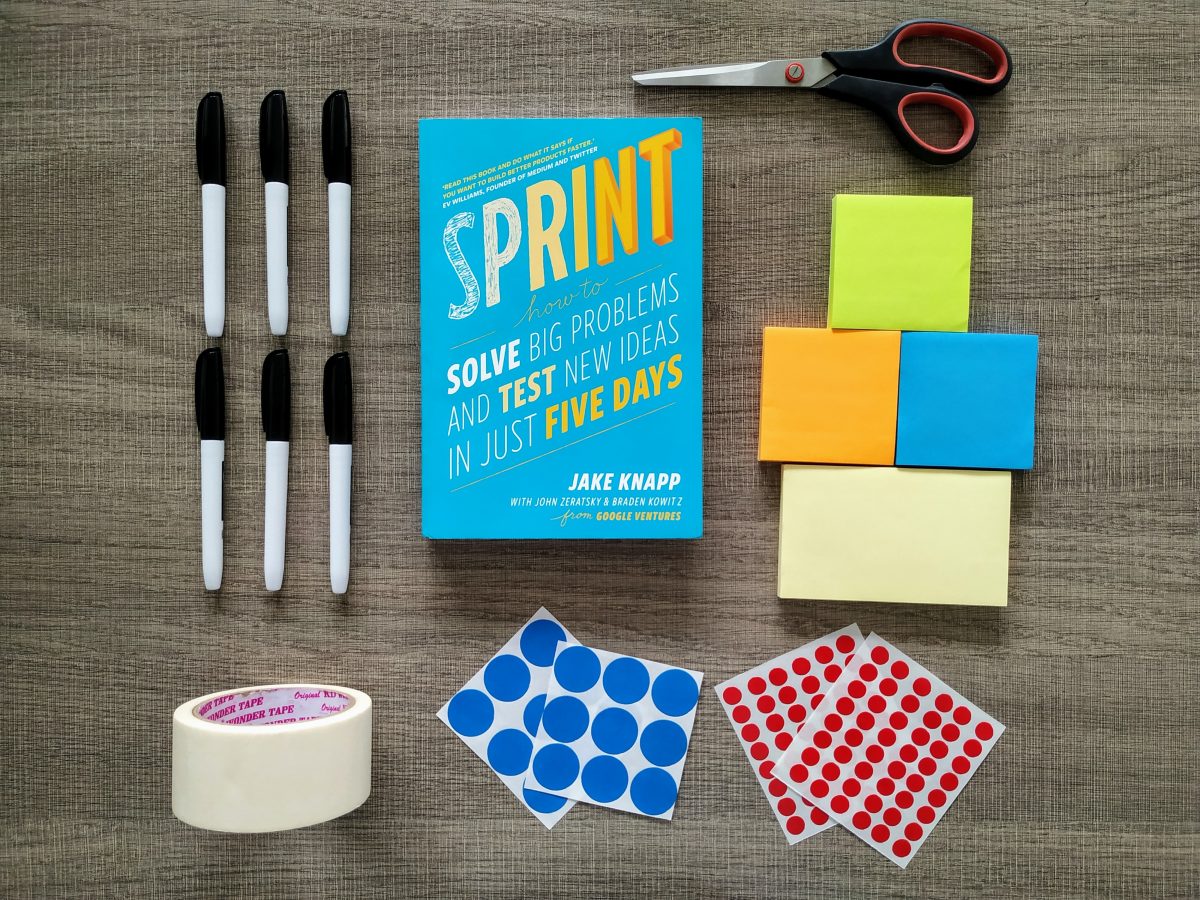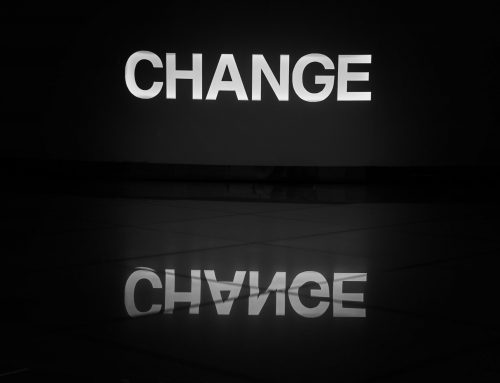We’ve all heard of catchy phrases such as agile way of working, or fail fast, learn faster. But what is less talked about are the ways and tools that we can implement in order for us to actually achieve this. This is where Design Sprints come into play.
What are Design Sprints you may ask. Simply put, Design Sprints are a shortcut to learn without building and launching, a sort of recipe for team problem-solving. It is a 4-day highly focused and intensive process to design new products, improve existing ones, or solve critical business challenges faster. It helps to reach clearly defined goals and deliverables quickly without months of discussions and work. It helps us decide if a product, process, service, or feature is worth building or not. At the end of the fourth day you will have achieved, among others, greater cohesion among the team, come up with ideas, gotten real feedback from real users by having them test a high-fidelity prototype, and saved time and money.
How do Design Sprints really work though? Let’s see an example of how Headspace, a company specializing in meditation, used a Design Sprint in its effort to target a new, very different, younger audience.
DAY 1: a) DEFINE THE CHALLENGE – research, discuss, and MAP OUT what needs to be solved. The challenge for Headspace was how to design an experience for children that would capture the value provided to adult users and whether that goal was viable. This stage involved talking through the ideas, understanding the subject matter, and getting the feedback of various experts, b) IDEATE – The team started concepting with a series of “How Might We’s”, writing open ended questions on sticky notes and placing them to a wall. At this stage people would sketch out ideas, come together to share and discuss, and then go off again to build on the work of others.
DAY 2: On the second day, the DECIDE step follows. The Headspace team looked at the things that could be built based on what was feasible, what was testable, and what was meaningful.
DAY 3: build a functioning PROTOTYPE. A team of graphic designers, UX designers, and copywriters worked together to build a high-fidelity prototype (in our case a workable app) that was not perfect but rather testable.
DAY 4: having already found a group of test users, the team TESTED their product with children of ages that the app would be eventually targeted to.
The result? In just 4 days, Headspace found out that getting kids to meditate was possible and viable yet difficult. After a second Design Sprint, Headspace completed a successful product launch and the methodology has been used across the company.
So why should you invest your time and effort in Design Sprints?
Design Sprints are more than just a buzzword. Any project with high risk, many unknowns, high complexity, and many stakeholders can benefit from a Design Sprint. They can align teams and set the direction on new efforts, while also gaining speed, efficiency, and focus. But most importantly Design Sprints reduce the risk of failure because by testing solutions with real customers early in the product development cycle, you get to make fast, data driven and customer centric decisions, which have greater chances to succeed. Thus, save time and money. No wonder many of the major Fortune 500 (Lego, Google, Home Depot, Facebook, eBay) companies have adopted and embedded into their DNA this methodology
If you want to figure out if design sprints are the best solution for you take this test and contact us if you want to find out more!







